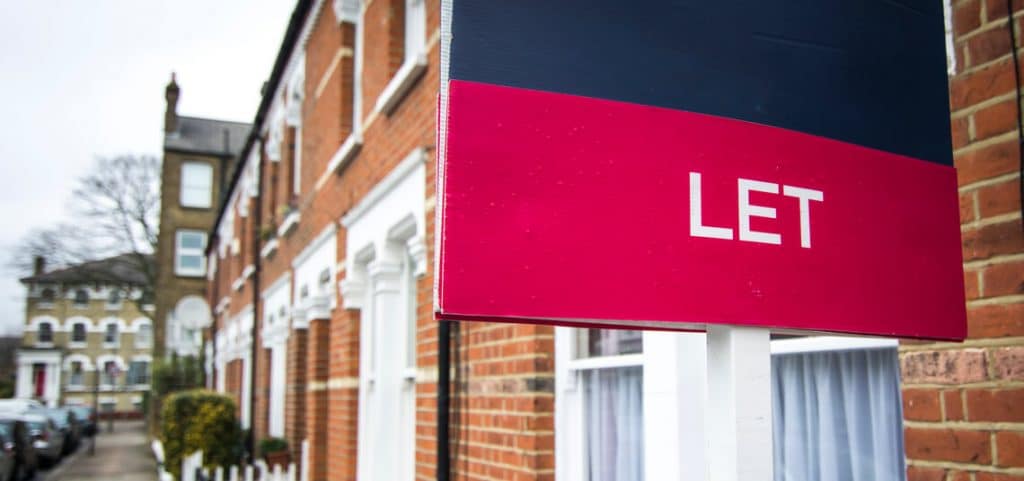Buying a home is equally exciting and nerve-racking, especially when you’re a first-time buyer. You’re beginning a journey to homeownership and eagerly anticipate getting the keys to your first home. But buying a house is also likely to be the most expensive purchase you ever make, so there’s bound to be an element of caution. Fortunately, you don’t need to dive in head first, and a mortgage in principle is a great way to gauge how much you can borrow without fully committing to anything. Here, we look at what happens when you get a mortgage in principle (MIP) and the steps that follow.
What is an MIP?
A mortgage in principle, also known as an MIP, gives you an indication of how much you can borrow. Getting an MIP doesn’t require a credit check, and it only takes a few minutes to get a decision. The lender will provide you with an estimation of how much they could lend you based on the detail provided.
You can then use the MIP to show to estate agents and homeowners to show that you’re serious about buying a home. However, an MIP isn’t a guarantee of how much you can borrow, nor does it mean you have to apply for a full mortgage. A mortgage in principle is also sometimes referred to as a decision in principle (DIP) or an agreement in principle (AIP).
What is the process after a mortgage in principle?
The mortgage loan application
If, after receiving your MIP, you decide to progress to a full mortgage, you’ll need to go through the application process. There are several stages involved that will determine if you’re eligible to receive a mortgage offer from the lender.
Getting your documents together
The documentation plays a key role at the beginning of the mortgage process. This is the information a lender will use to see if you can afford to pay back the mortgage. You’ll need to provide the lender with specific documents so they can start your application. These include:
- Proof of identity, such a passport, ID card or driving licence
- Proof of current address
- Details of your employment
- Between 3 and 6 months’ payslips
- 3 months’ bank statement
- Any other information that’s relevant to your application
Credit check
Once you start the full application process, the lender will perform a hard credit check. This will show up on your credit report, saying a search was performed. Therefore, you shouldn’t apply for any other forms of credit while going through the mortgage application.
Credit checks play a key role in determining mortgage eligibility. The higher your credit score, the lower the interest rate available, which means your monthly payments will be more affordable. It’s important that you understand how credit scoring works and take the right steps to improve your credit report if necessary.
Some ways to improve your credit score include:
- Pay of debts on time every month
- Register with the electoral roll
- Close unused accounts
- Have a good debt to credit ratio
Using a credit-building website such as Pave (formally know as Portify), can also help you build up your credit. It’s not uncommon for younger people (who make up a significant proportion of first-time buyers) to have lower credit scores, simply because they’ve not had the chance to build their credit yet.
Instruct a solicitor
Once the mortgage application process is up and running, you’ll need to appoint a solicitor to undertake conveyancing. They will be responsible for checking the legal side of buying a property, such as whether it’s a freehold or leasehold and if there are any red flags. They do this by running several surveys on the home. A solicitor also arranges the transfer of contracts, sets a completion date and handles the mortgage funds.
The valuation
Before a lender can issue you with a mortgage, they need to know that the property is valued at the offer price. To do this, they will either send a surveyor to examine the home or they’ll conduct a desktop valuation using property data. Sometimes you’re required to pay for a physical valuation, though the specifics around cost will be identified before you commit to going through the application with the lender.
Underwriting process
The underwriting stage is one of the last parts of going through the mortgage application. The lender uses an underwriter to determine your finance risk and which mortgage offer you’re eligible for. Once they have this information, they can offer you a mortgage.
Receiving a mortgage offer
After everything is completed, the lender will issue you a mortgage offer if they’re happy with the application. At this stage, you need to decide if you want to accept the offer and progress with the purchase of your new home.

Get a mortgage in principle
- It’s free
- It won’t affect your credit score
- It takes under 2 mins
How long does it all take?
There’s no definitive timeline for how long the mortgage process takes after getting the MIP. An MIP is usually valid for between 30 and 90 days, and the full mortgage application can take anywhere between one and three months.
Can it be done sooner? What about getting an online mortgage?
Traditional mortgages are known for the length of time they take. With an online mortgage, however, completion times tend to be much shorter. That’s because there’s no paperwork or appointments required, and everything is done entirely online. It allows for faster processes and can speed up how long it takes to get a mortgage significantly.
Learn more about online mortgages
Final words: what happens after a mortgage in principle?
Getting a mortgage in principle is the first step to buying a home. But the real stuff happens after that, with a full mortgage application process that hopefully ends with you getting the keys to your new home.

Get a mortgage in principle
- It’s free
- It won’t affect your credit score
- It takes under 2 mins



